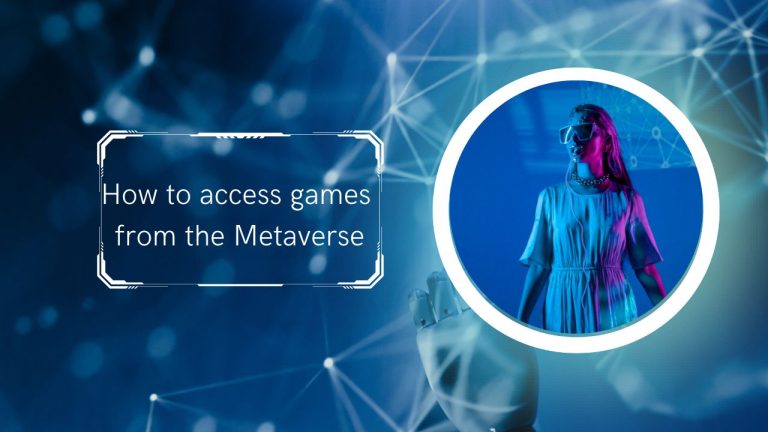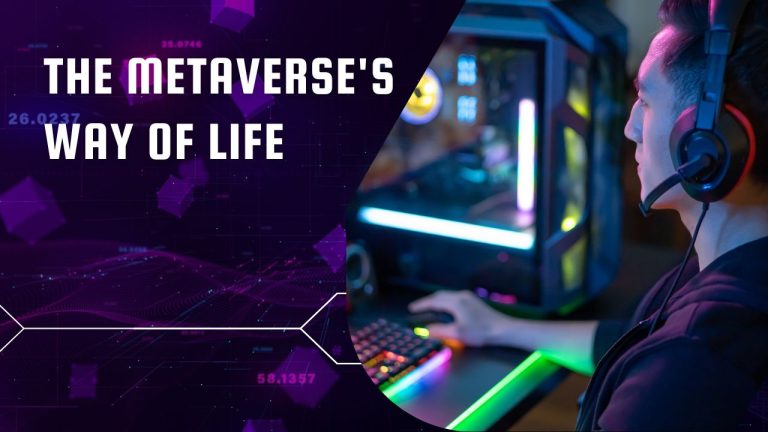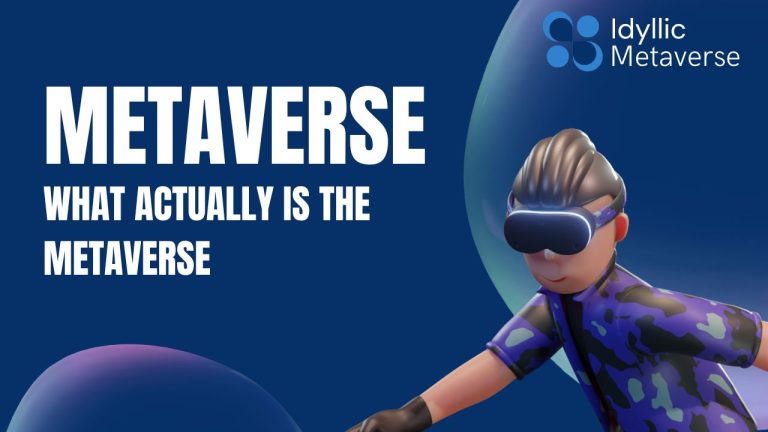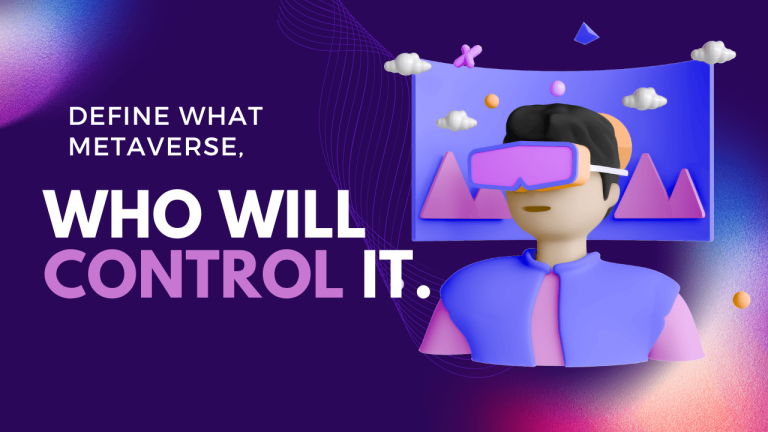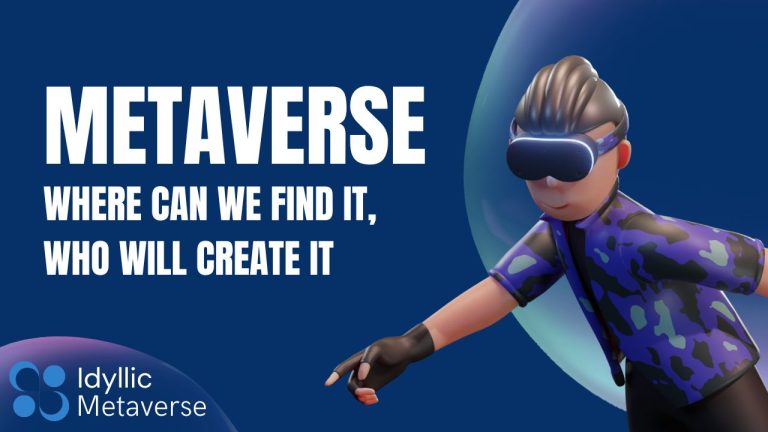How the Metaverse Experiences Might Affect Work
Metaverse introduction:
The term “metaverse,” coined by science fiction writer Neal Stephenson in his 1992 novel Snow Crash, refers to a shared, persistent 3D digital world where people work and play.
Matthew Ball, an author of one of the best primers on the metaverse experiences, defines this world as having the following characteristics:
- Flexible and scalable, integrated, real-time 3D.
- luck and perseverance in the face.
- Consistency of data, identification, history, welfare benefits, objects, and payments worldwide.
As Ball and others have pointed out, the technology to realize many of these necessary features is still in the works. We have 3D worlds, for example, but they don’t scale well beyond a few hundred users watching a conference broadcast, and they support far fewer people if there is any sort of interaction. At the moment, there is little continuity of history, entitlement, and objects across virtual worlds. It could take another five to ten years to work out the technical issues. It may take even longer to resolve business agreements and data privacy concerns.
As a result, the timing of the metaverse experiences is determined by who is speaking and the level of complexity under consideration. On the one hand, Microsoft Chairman and CEO Satya Nadella has stated that the metaverse is already here if we are simply talking about embedding the real world into the digital world through applications such as Mesh Team Meetings and HoloLens overlays on factory floors. If we’re talking about larger-scale virtual worlds that we visit with high-performance hardware, Zuckerberg believes an “embodied” metaverse will become mainstream within the next five to ten years.
Applications of the metaverse Experiences in the workplace:
Here are some of the most common work-related use cases in the metaverse:
1. Co-presence simulation:
Employees of the same company are increasingly dispersed, working from home or in different offices.
“We’ve all realized that co-presence, or the sensation of being in the same room as someone, has so many benefits in terms of communication, engagement, morale, team culture, and more,” Hawken replied.
New metaverse experiences could mimic the social interactions we are accustomed to in real-life meetings and events. Enabling technology could range from spatial audio to assist in the placement of individuals in a virtual room to new methods of arranging people at larger meetings on a 2D screen to immersive 3D virtual reality metaverse experiences.
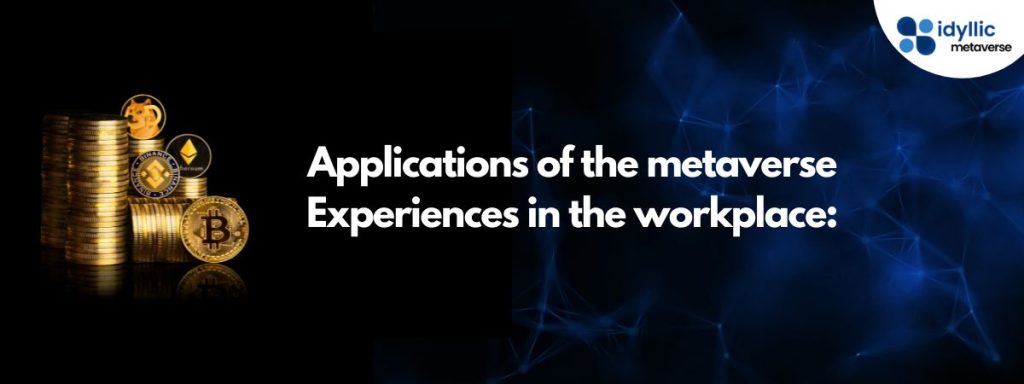
2. Improved teamwork and collaboration:
New metaverse experiences may also improve collaboration beyond what it is in the real world. Whiteboards, post-it notes, and large screen monitors are commonly used for in-person ideation.
Matterport, a technology company whose 3D modeling software digitally replicates physical spaces, has created digital twin workflows that allow employees to collaborate, learn, and engage remotely. Architects, for example, can virtually collaborate with clients on remodeling ideas in order to make faster decisions, and retailers can virtually collaborate on different store layouts in order to identify problems or opportunities sooner.
3. Promoting company culture:
Hollerbach stated that his team began experimenting with new metaverse experience tools to alleviate the monotony of staring and talking at a screen with few to no opportunities to interact with others. This has been useful for team-building exercises, company events, and employee training, according to him.
“It presents an entirely new way for people to socially connect,” he said. “Instead of feeling hundreds of miles apart from your colleagues, you are placed in the same environment. Furthermore, people are interested in what the metaverse experiences have to offer “Hollerbach explained.
4. Operational evaluation:
The metaverse could also make it easier for executives to visit a factory, distribution center, or construction site on the other side of the city or the world, allowing them to assess the current state of affairs, simulate the impact of changes, and collaborate with employees on the other side of the world to solve problems.
5. Facilitating rapid learning:
The metaverse has the potential to improve skills and training methods. The metaverse experiences will enable interactive gaming and learning simulations. Employees could, for example, learn to operate a machine in “real life” or practice a sales presentation for a high-value client, according to Daniel Fallmann, CEO and co-founder of Mindbreeze, a knowledge management platform.
“No longer will new employees have to rely on handbooks and training manuals,” he said.
6. Reimagined onboarding:
Diana believes that in the coming years, mixed reality and metaverse experiences, training, and onboarding sessions will become the norm across businesses. “We will be able to completely reimagine the onboarding experience, rather than simply extending today’s in-person onboarding to a virtual world,” he said.
Rather than reading another document or watching a video about a company’s history, new employees could meet the founder or visit the job site. The metaverse may also assist new hires in making social connections with their new teams.
7. Increasing safety:
Onboarding to the Metaverse may also reduce risks for first responders, hospital emergency personnel, and military personnel. “Dangerous and stressful situations can be simulated in a way that prepares these workers for real-life situations without putting them in real danger,” Diana said.
8. Lowering office expenses:
The widespread use of metaverse platforms may increase employee engagement regardless of location. “This will help savvy enterprises attract needed talent without worrying about physical offices,” said Yugal Joshi, a partner at the advisory firm Everest Group.
The Difficulties of Moving Work to the Metaverse Experiences:
Many organizations will not find the metaverse to be a slam dunk, nor will it be a success story for some of the top use cases described above. It’s one thing to make a grand entrance. Getting traction in the metaverse experiences will necessitate addressing issues such as ergonomics, security, and workflows, among others:
Metaverse exhaustion. When translating desk-based tasks into VR for a week, a recent German study discovered significant ergonomic issues. Two of the 16 participants had to withdraw due to simulator sickness, while the others suffered from reduced performance, eyestrain, and frustration. There was some evidence, however, that participants gradually overcame their initial discomfort.
“We’ve heard of Zoom fatigue during the initial transition to remote — we may see metaverse fatigue unless superior user experiences are guaranteed,” says one analyst.
Threats to security and privacy In the metaverse, Enterprises will also need to address new security threats and privacy concerns. Rich biometric data, facial features, and unique gestures are captured by augmented reality (AR), mixed reality, and virtual reality (VR) technologies. “If these are not secured, they could be used to steal identities and even create invasive deep fakes,” Diana explained.
Including AR and VR in workflows. According to Nguyen, businesses must also iron out the kinks in incorporating AR and VR tools into workflows to supplement existing tools. Companies will need an ongoing process to determine when and where AR and VR are applicable, just as they did to determine when and where video calls made the most sense.
FAQS:
How will people interact in the metaverse?
In the Metaverse, a virtual workplace simulates the experience of working in an office but from the comfort of an employee’s own home. They can even travel to other states or countries to visit clients and colleagues and immerse themselves in the work that is unique to that location.
Is the metaverse beneficial to humanity?
While the metaverse is an excellent place to become a new version of yourself, it is preferable, to begin with, who you are and build from there. Regular people who want to have everyday human experiences in virtual environments can now do so thanks to hyperreal technologies.


